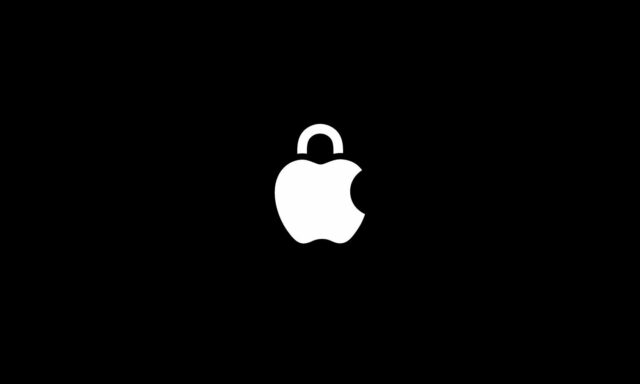Apple doubles its top bug bounty payout to $2 million

Five years after it was launched, Apple has announced major changes to its bug bounty program. The Apple Security Bounty program is entering what the company describes as a “new chapter”, and the headline change is a massive boost to the payments made for the discovery of the most serious types of security issues.
In addition to this and other changes, Apple also reveals that it has paid out over $35 million to more than 800 security researchers since the scheme launched in 2020. The company points out that many of these payouts were for $500,000. But the focus here is what is happening in the future.
Due to come into effect next month, Apple has announced a trio of changes to the Apple Security Bounty program:
- We’re doubling our top award to $2 million for exploit chains that can achieve similar goals as sophisticated mercenary spyware attacks. This is an unprecedented amount in the industry and the largest payout offered by any bounty program we’re aware of — and our bonus system, providing additional rewards for Lockdown Mode bypasses and vulnerabilities discovered in beta software, can more than double this reward, with a maximum payout in excess of $5 million. We’re also doubling or significantly increasing rewards in many other categories to encourage more intensive research. This includes $100,000 for a complete Gatekeeper bypass, and $1 million for broad unauthorized iCloud access, as no successful exploit has been demonstrated to date in either category.
- Our bounty categories are expanding to cover even more attack surfaces. Notably, we're rewarding one-click WebKit sandbox escapes with up to $300,000, and wireless proximity exploits over any radio with up to $1 million.
- We’re introducing Target Flags, a new way for researchers to objectively demonstrate exploitability for some of our top bounty categories, including remote code execution and Transparency, Consent, and Control (TCC) bypasses — and to help determine eligibility for a specific award. Researchers who submit reports with Target Flags will qualify for accelerated awards, which are processed immediately after the research is received and verified, even before a fix becomes available.
While the increase in the largest reward is pretty self-explanatory, as indeed is the wider range of categories, the new Target Flags bears further investigation. These are supported across iOS, iPadOS, macOS, visionOS, watchOS, and tvOS, and have been designed to help both Apple and security researchers.
Apple says:
Target Flags, inspired by capture-the-flag competitions, are built into our operating systems and allow us to rapidly review the issue and process a resulting reward, even before we release a fix.
When researchers demonstrate security issues using Target Flags, the specific flag that’s captured objectively demonstrates a given level of capability — for example, register control, arbitrary read/write, or code execution — and directly correlates to the reward amount, making the award determination more transparent than ever. Because Target Flags can be programmatically verified by Apple as part of submitted findings, researchers who submit eligible reports with Target Flags will receive notification of their bounty award immediately upon our validation of the captured flag. Confirmed rewards will be issued in an upcoming payment cycle rather than when a fix becomes available, underscoring the trust we've built with our core researcher community.
There are special initiatives for next year, but they are not open to everyone.
the 2026 Security Research Device Program now includes iPhone 17 devices with our latest security advances, including Memory Integrity Enforcement, and is available to applicants with proven security research track records on any platform.
Apple says that anyresearchers seeking to accelerate their iOS research can apply for the 2026 program by October 31, 2025.
